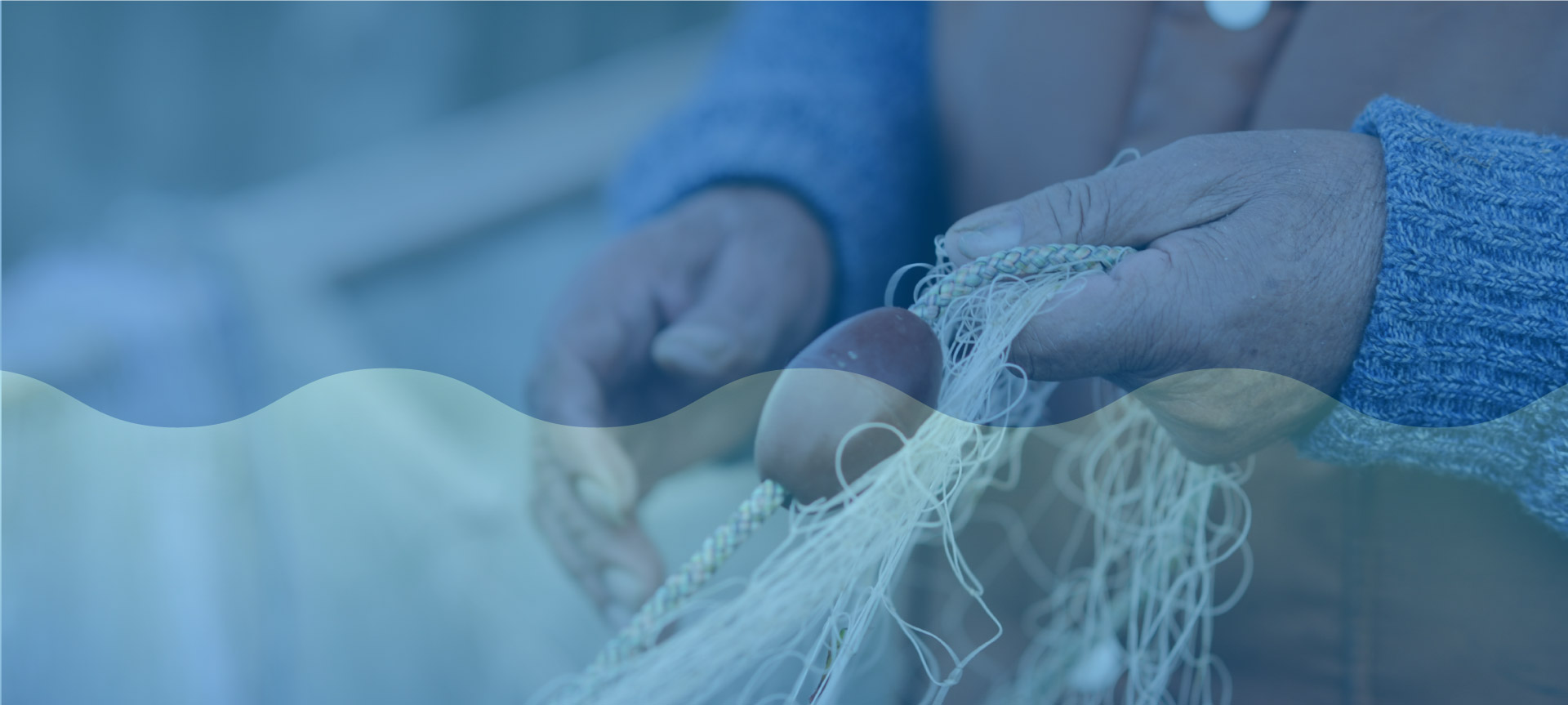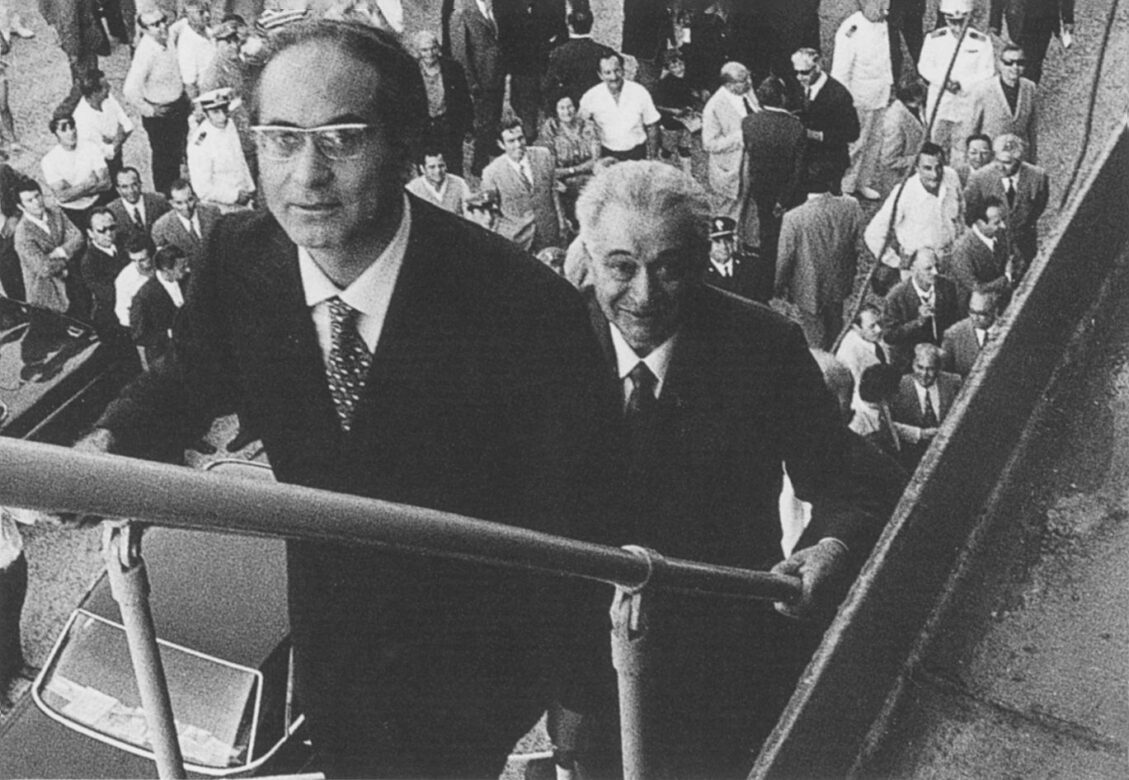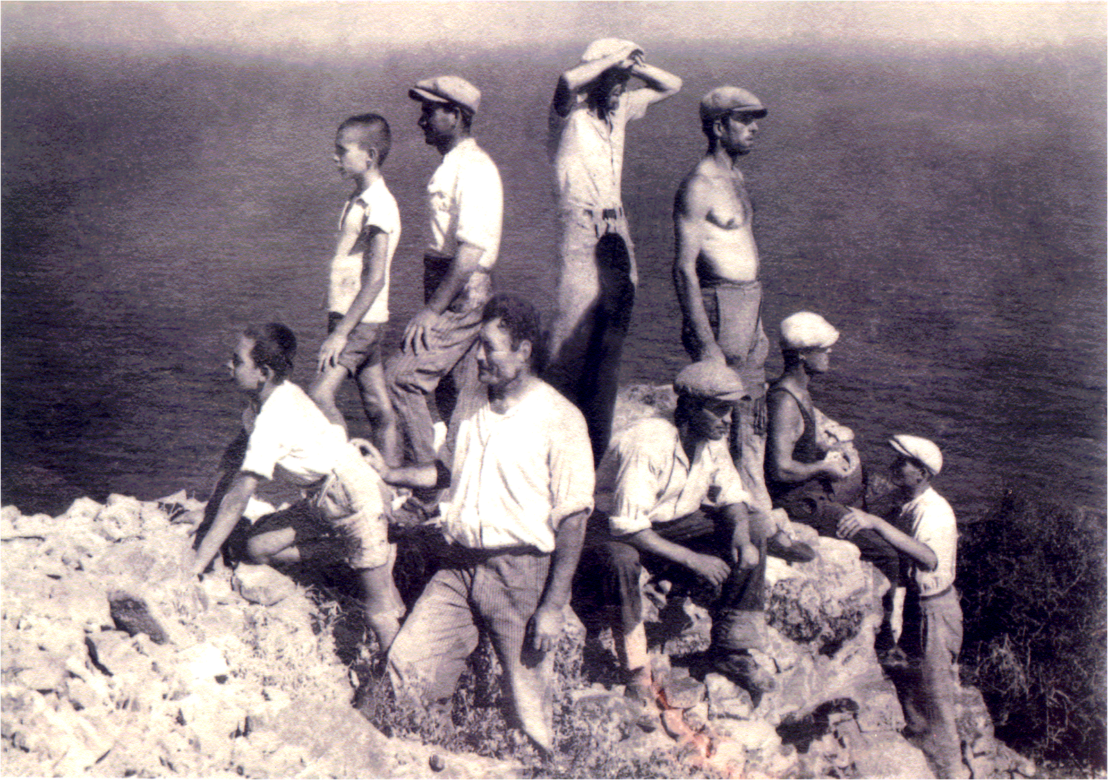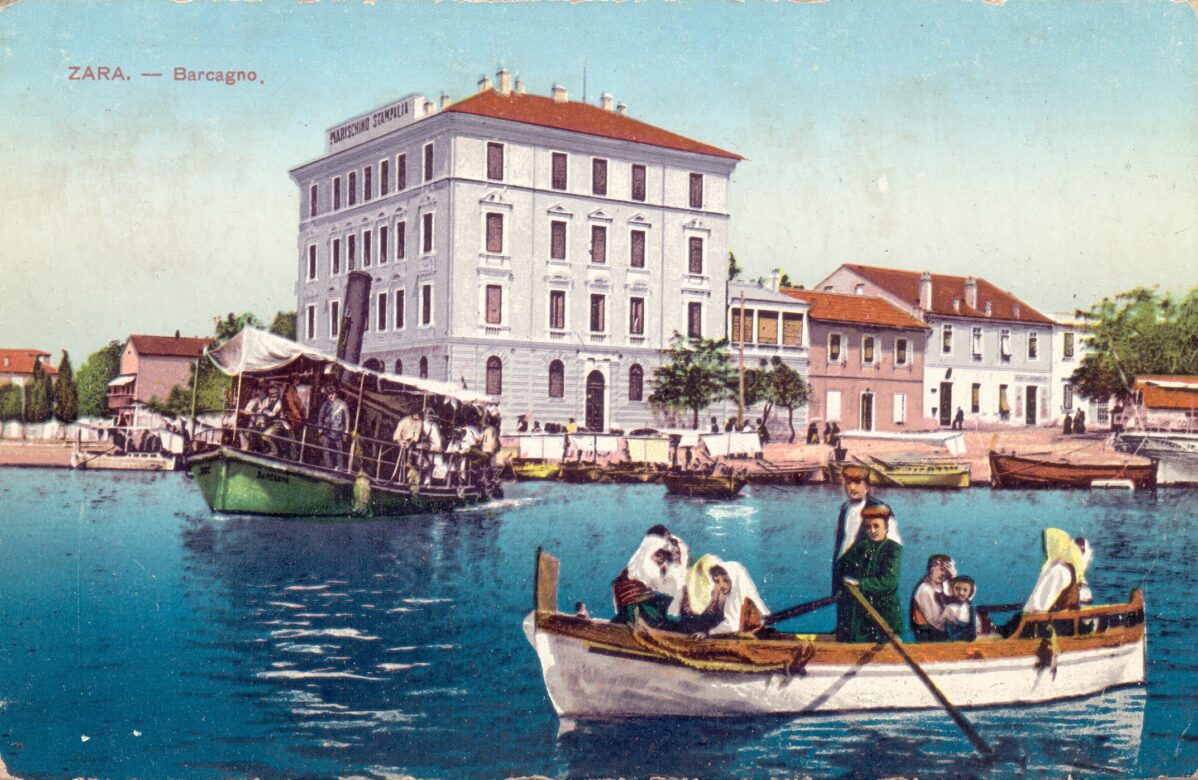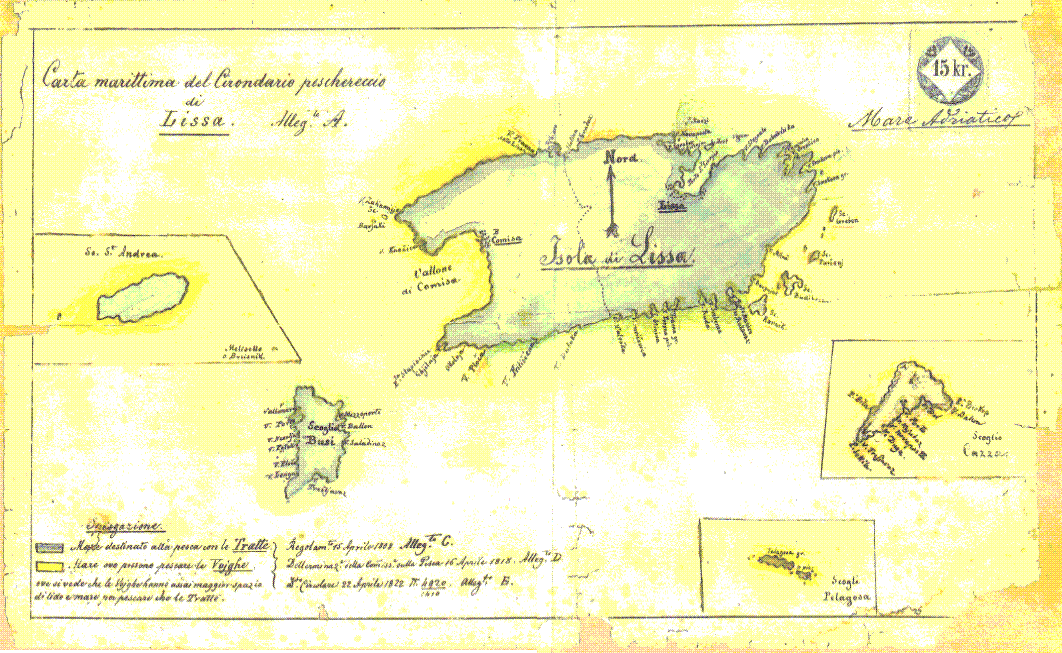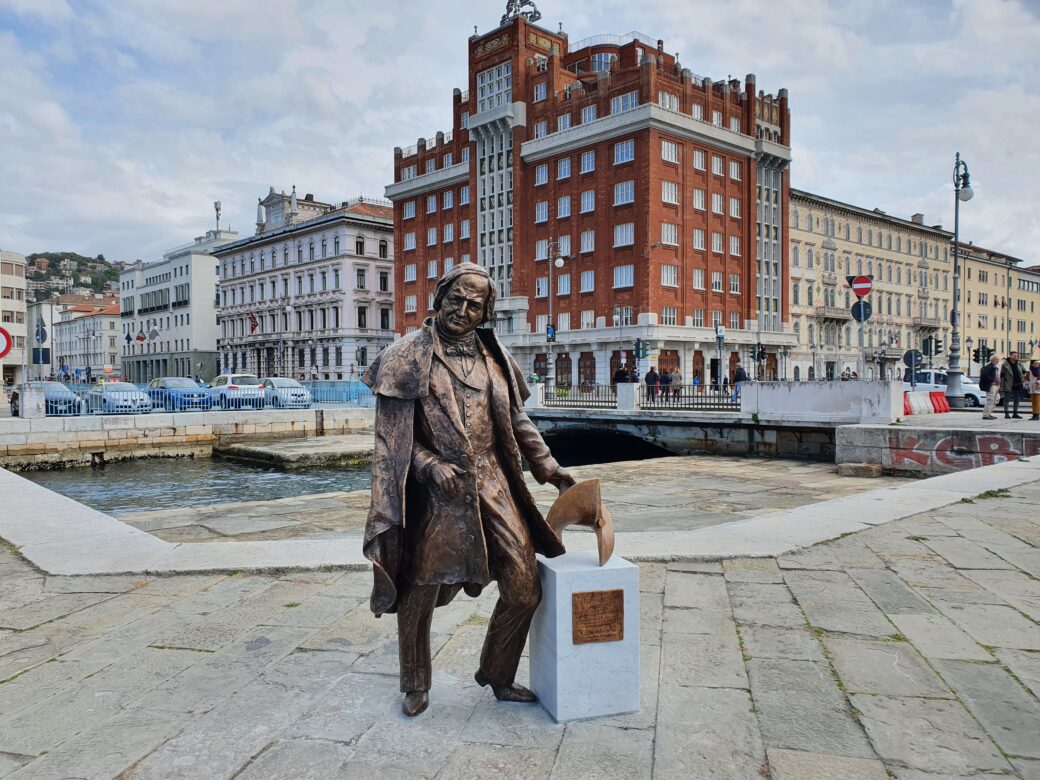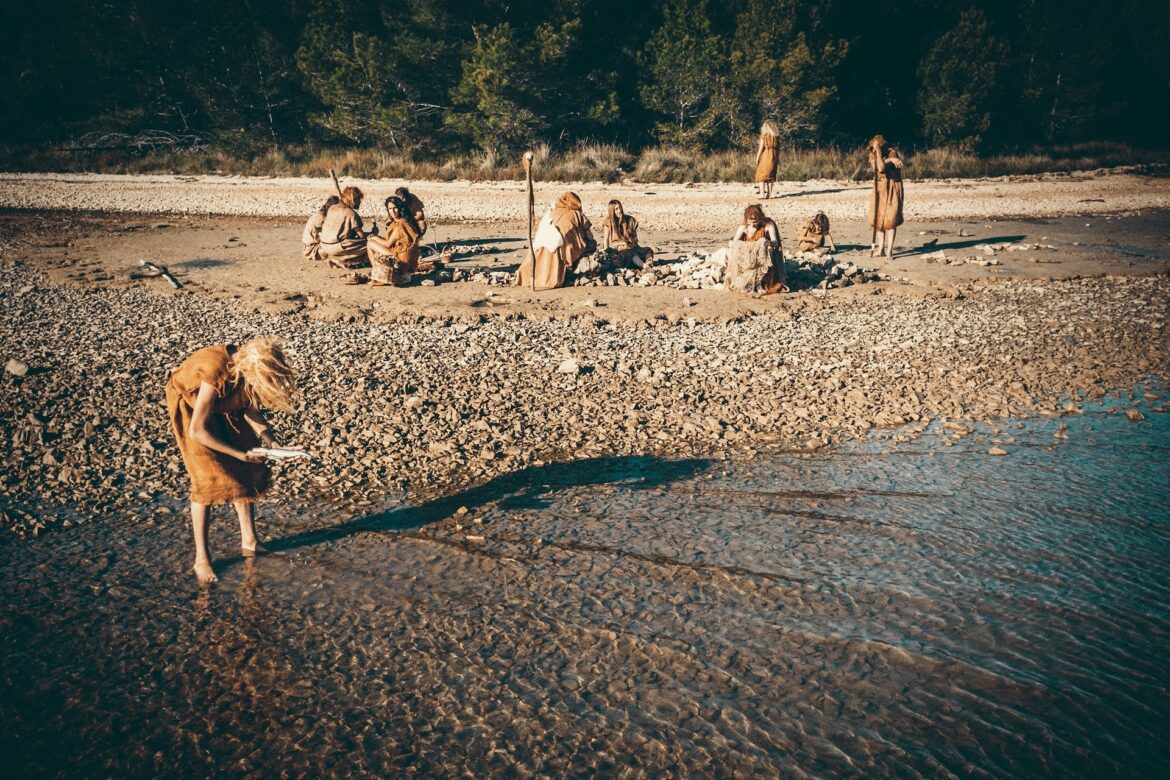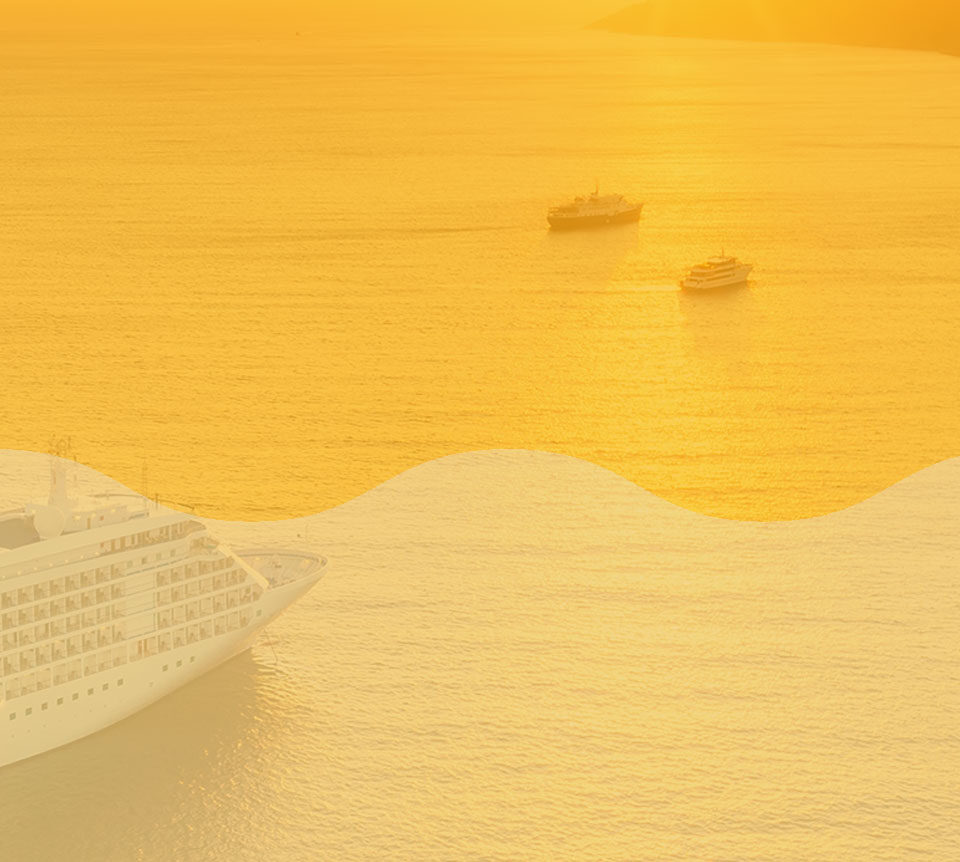The people have preserved their communities’ memory in the form of images, folk literature and proverbs about the weather, the seasons and the meaning of life. They have embraced their communities’ outlook, preserving authentic idiosyncrasies such as the lingua franca spoken on the docks of Dubrovnik and the Croatian ports. The language is a manifestation of a down-to-earth, direct oral tradition separate from the French, Italian, Slavic, Greek, Arabic and Spanish identities. In the linguistic Babel in which we live, where languages constitute ethno-anthropological values, the lingua franca is a functional, cosmopolitan means of basic communication that rests on the mobility of physical and cultural borders. It is a celebration of the dialogue between common roots.
These roots linger on in worship, spirituality, heritage, itinerant lifestyles, the magical effects of nature – the sea, the bora, the Velebit mountain range – in the myths that unite places near and far, stories of miraculous fishing catches, beliefs, festivals of St. Nicholas (the protector of fishermen), lucky charms, pilgrimages and pagan celebrations. All these elements affirm and renew the feeling that one belongs to a shared landscape, a landscape that partly consists of the famous recipes and icons which underpin the material culture. This includes the salted cod of Venice – linked to the North Sea adventures of the merchant Pietro Querini in the mid-1400s – and the coffee in Trieste, a city whose origins date back to its status as a free port in 1750, but which then became an international business cluster, with associations and recognitions, as early as 1891.
Hard work, symbolic conceptualisations, hospitality and valuing heritage: these are the qualities that define the lifestyle, the relationships between port and city and the cultural accessibility of a heritage which, as in Ravenna, spans millennia. The dynamic Adriatic landscapes, swept by the bora wind that gives way to crystal-clear, visionary skies, are home to stories, narratives and legendary routes. The Balkan salt routes in Zadar and Dubrovnik, famous since the Middle Ages, have left a legacy that extends beyond the value of the resource itself, encompassing an appreciation of the landscape, the environment and the area’s biodiversity.
